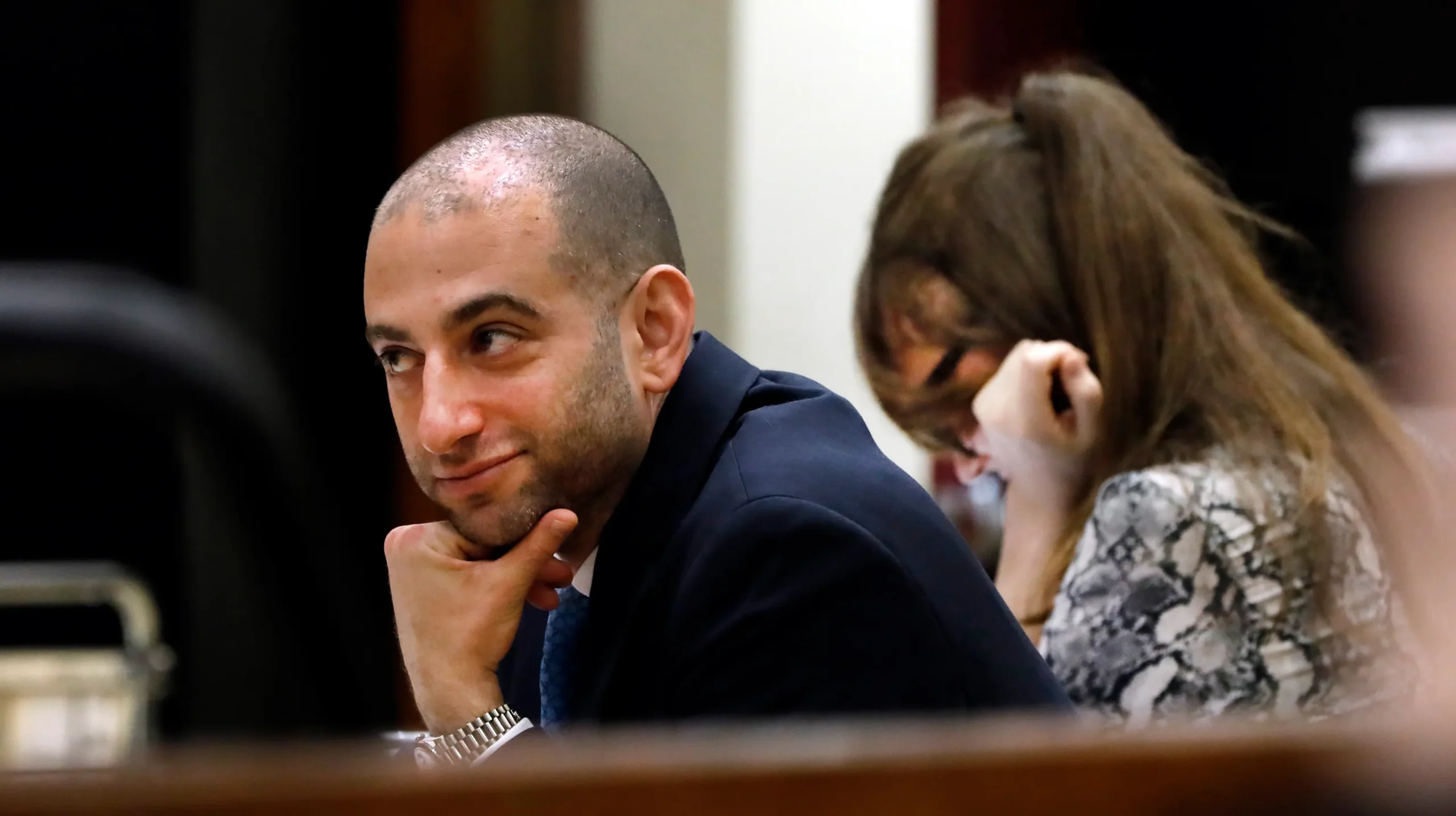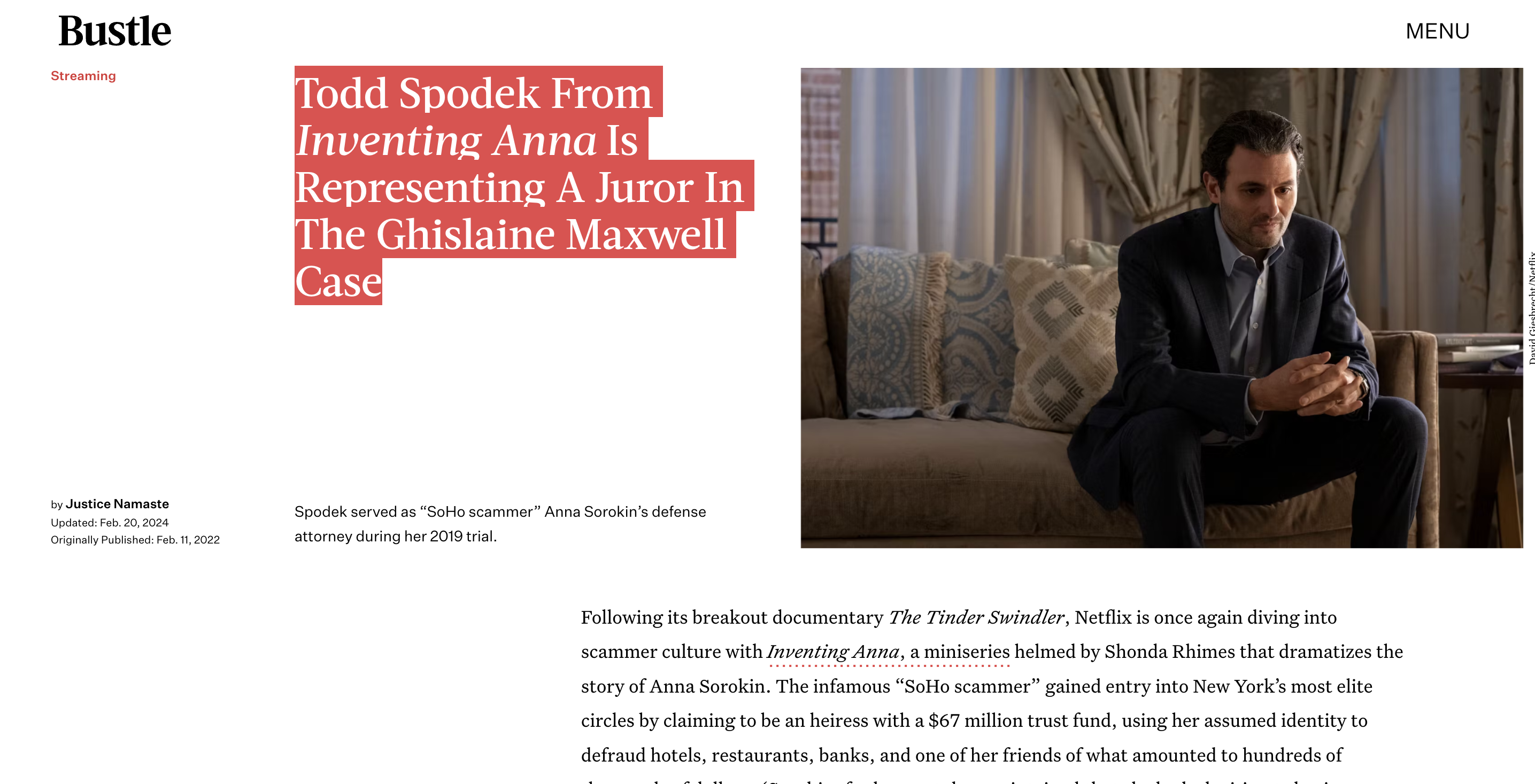How Do Attorneys Investigate Complex Securities Fraud Schemes?
How Do Attorneys Investigate Complex Securities Fraud Schemes?
Investigating complex securities fraud is no easy task. Attorneys looking into these kinds of cases need in-depth knowledge of securities laws, financial transactions, and corporate structures. They also need top-notch investigating skills to gather evidence and build a solid case.
Securities fraud refers to deceptive practices in connection with the buying and selling of investment vehicles like stocks and bonds. Some common schemes include insider trading, Ponzi schemes, accounting fraud, and improper sales and trading practices.
Understanding Relevant Securities Laws and Regulations

Attorneys start by thoroughly researching the specific securities laws and regulations that apply. Some key federal laws include:
- Securities Act of 1933 – the law that first mandated public disclosure requirements for companies selling stocks and bonds.
- Securities Exchange Act of 1934 – created the SEC and gave it power to register, regulate and discipline organizations and individuals in the securities industry.
- Sarbanes-Oxley Act of 2002 – established new standards for corporate accountability and financial disclosures.
Various SEC rules and state laws may also come into play. Having expertise here allows attorneys to identify potential violations.
Tracing Complex Financial Transactions
Securities fraud often involves concealing losses or misstating assets within complex corporate structures and transactions. Attorneys must untangle these networks to uncover issues. Useful steps include:
- Obtaining and scrutinizing financial statements, contracts, emails, and other documents through discovery or independent investigation
- Creating detailed maps of corporate entities, officers, transactions, and money flows
- Consulting financial experts to analyze documentation and identify irregularities
- Interviewing involved directors, executives, auditors, brokers and other parties
Dogged transaction mapping can reveal funds being improperly transferred and hidden by fraudsters.
Proving Fraudulent Intent and Actions
Under securities law, attorneys must demonstrate intent to defraud investors, not just mistakes or oversights. They strive to uncover incriminating communications and documentation indicating intentional deception. Common evidence-gathering tactics include:
- Obtaining executive emails, texts, call logs and calendars pointing to knowledge or direction of fraudulent activities
- Interviewing whistleblowers and cooperating witnesses on insider information
- Reviewing prior fraud complaints, disciplinary actions or consent orders involving the same parties
- Consulting handwriting experts to examine signatures on fabricated documents
Such proof can confirm that misrepresentations and omissions made to investors were no accident.
Assembling Complainants and Estimating Collective Damages
Securities fraud class action suits require lead plaintiffs and sizeable alleged losses. Attorneys advertise and conduct outreach to assemble an appropriate group. Then experts estimate total shareholder losses from the fraud based on factors like:
- Number of securities affected
- Share price inflation/deflation caused by the fraud
- Timing and amount of corrective disclosures
Higher estimated damages strengthens the plaintiff’s negotiating leverage for a settlement.
Mounting a Strong Legal Defense
In defending securities fraud charges, attorney strategies may include:
- Attacking weaknesses – exploit any holes in the evidence or legal arguments to undermine allegations.
- Raising procedural issues – challenge technical aspects like class certification requirements or filing deadlines.
- Questioning liability apportionment – argue that responsibility lies elsewhere like third-party partners.
- Disputing loss causation or damages – rebut the plaintiff’s models and valuations.
Vigorously contesting the opposition’s positions – rather than just denying fraud outright – offers the best chance to defeat or mitigate liability.
Arranging a Favorable Settlement
The vast majority of securities fraud lawsuits settle out of court. Settlement negotiations involve assessing:
- Litigation risks – chances of losing at trial and potential penalties
- Defense costs – legal fees to take the case all the way through appeals
- Insurance coverage – policies that may cover portions of any judgment or settlement
- Cash position – ability to pay settlement amounts from corporate assets
Weighing these factors helps determine an optimal settlement amount that resolves the suit without breaking the bank.
References
Attorneys have an arsenal of investigative approaches for unraveling even the most complex securities fraud schemes. Mastering securities regulations, tracing transactions, compiling incriminating evidence, quantifying damages, attacking legal weaknesses, and crafting favorable settlements offer proven strategies for tackling these kinds of cases. With persistence and creativity, attorneys can uncover hidden truths and achieve just outcomes even amidst an intricate web of deceit.
Securities Act of 1933
Securities Act of 1933
Sarbanes-Oxley Act Explained









